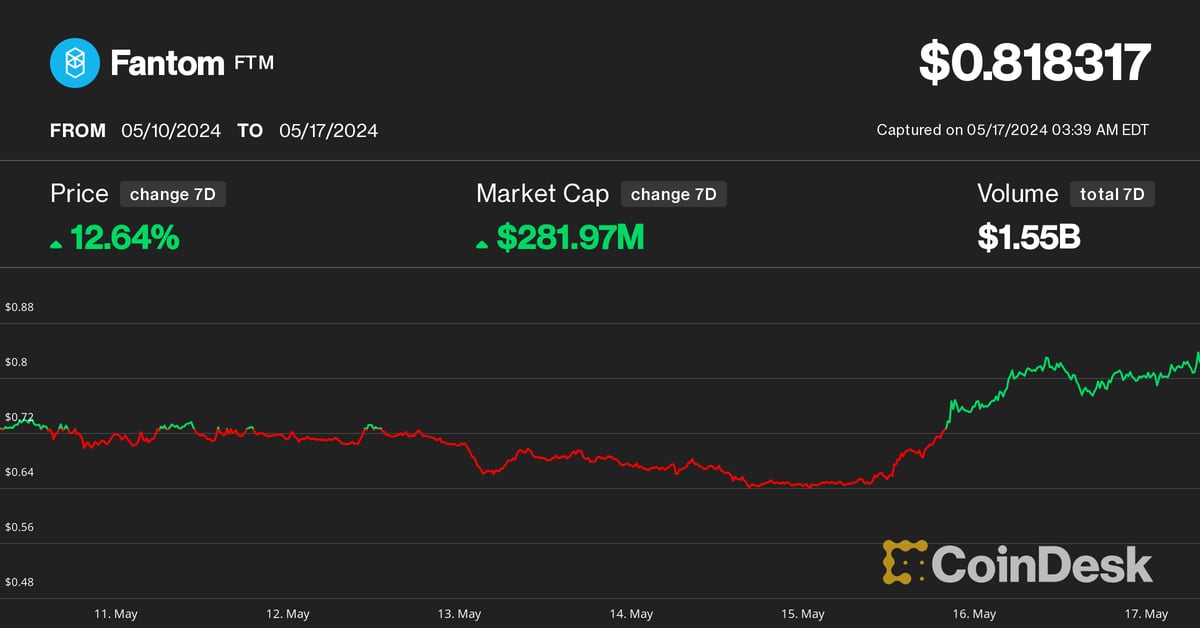Vitalik’s research and ecosystem updates

Over the past five days, myself, our Executive Director Ming Chan, and several people from the Ethereum team and Ethereum-based projects and businesses, including: maker, String/Dfinity and ConsenSys visited China and Hong Kong, where there was a series of successive conferences and events, most notable of which were: Blockchain Workshop “October 11-13 in Hong Kong”First Global Blockchain Summit” Hosted by our friends in Shanghai wanxiang On October 15-16, we will simultaneously continue to carry out our usual duties such as research, development, DEVcon planning and management issues.
Both conferences have proven to be very positive signs for the growth of the Ethereum ecosystem, at least in my own admittedly optimistic assessment. On the first day at the Hong Kong event, we participated in semi-private sessions on issues such as decentralized governance, identity and reputation, and regulatory compliance. Robin Hanson brought up the topic of prediction markets as a form of ‘low-cost microgovernance’. Ultimately, if you have a situation where a legal or arbitration process is needed to resolve the dispute, use prediction markets instead to provide the outcome. , which sometimes results in escalation to the default arbitration mechanism. Anyone with private information has an incentive to participate in prediction markets. This applies to the parties involved in the dispute, the third parties involved, and even companies like Google that apply top-notch machine learning algorithms. In most cases, results that accurately predict the results you would obtain in a basic court or arbitration system can be obtained very inexpensively.

The next two days consisted of panel discussions on technical and philosophical topics, people discussing their own projects, and the future of blockchain in areas such as reputation and the Internet of Things. Ethereum has been mentioned several times. Rather than marketing ourselves, it has been mentioned by many individuals who see Ethereum as a valuable technology to build applications on.
The Shanghai meeting was equally impressive. This event also took place over two days, with the first day featuring a series of public talks and panels, and the second day focusing on topic-focused sessions. I have personally been involved in facilitating technical discussions around consensus and scalability. This was a fairly large event, probably the biggest since the Beijing Global Bitcoin Summit a little over a year ago, which was our first experience with China, and as has happened over the same period in the West, the audience has become more mainstream. In attendance were not only employees from Bitcoin-related (or cryptocurrency-related) projects, but also major banks, government officials, and representatives from Intel, Huawei, and other traditional industries.

People seem to be eager to see how they can adopt blockchain technology for their own uses. In particular, there was a lot of interest about Ethereum. While it is true that there are legal restrictions that limit the possible adoption of Bitcoin or other cryptocurrencies in China, there are no issues yet with blockchain technology. In the days before and after the conference we had time to meet not only Wanxiang but also other groups in China with whom we are in regular contact. In particular, Ming and I met a great team for the first time. http://ethfans.org/. We are still working with Chinese individuals and businesses to determine how we can make Ethereum as useful as possible on a purchasing power parity basis. world’s largest economyBut it is clear that the possibilities and potential are great.
Research and Protocol Development
We have identified four key areas of research on the underlying protocols that we believe represent key milestones between Ethereum and the cryptocurrency utopia as it currently exists.
- zk-SNARK integration: Incorporating the ability for Ethereum contracts to verify concise zero-knowledge proofs, either through new opcodes or ideally by leveraging the EVM’s existing 256-bit modular arithmetic. This is somewhat easier than it looks, considering that verification keys can be generated entirely off-chain, but once implemented it will require significant infrastructure work to make it very useful. The initial goal is to use this to implement privacy-preserving reputation as well as hyper-private coin mixing (“here is a score of 250 or higher according to our reputation score metric and evidence showing that you have used this published dataset”) It’s on the blockchain, trust me, but I won’t make it public. any I”) and both parties must trust the financial agreement, and the long-term goal is to implement: hawk On Ethereum; Inside and outside the conference mentioned above, we’ve had productive conversations with some of the developers working on these technologies about how to move forward to achieve them.
- casper: Ethereum’s proof-of-stake algorithm currently being developed by Vlad Zamfir with the help of Lucius Greg Meredith and several others. Key components include block-by-block consensus instead of bychain consensus, and the concept of “economic consensus by betting,” which is a way to effectively approach finality at an exponential rate rather than a linear rate as is the case with proof-of-work. The goals are shorter block times (my personal opinion is that 4 seconds is likely a good balance between safety and the risk of resource overconsumption and centralization – Vlad is more aggressive than usual), finality and much lower energy consumption ( and 10-100 times lower The price of anarchy Generally). Currently, Vlad and Greg are working on formally describing and implementing the non-economic part of the algorithm to mathematically prove its convergence properties, while the second step is to optimize the economics.
- scalability: Use a combination of sharding methods, random sampling, heavy use of Merkle proofs, and asynchronous calls to increase potential transaction throughput from ~10-20 transactions per second to over 100000 (or if supersecond version is used). In theory, unlimited). The basic concept of scaling has been established for over six months, and our research team is confident that the general approach is sound. What remains are the details of how to make the optimal compromise that preserves as much of the functionality of Ethereum 1.0 in a scalable context. A key design goal is to ensure that Ethereum 2.0 remains a superset of Ethereum 1.0. For example, synchronous calls should still be possible within a single shard, but calls between shards may require asynchrony. I’m planning to update My Extensibility Documentation Scalability research is generally put on hold until Casper is solidified, but over the next month or so we’ll make sure it’s more focused, readable, and updated with the latest ideas.
- EVM upgrades: Martin Becze led the exploration. WebAssembly As a candidate for an upgraded Ethereum virtual machine. WebAssembly shares many properties with EVM. These are the need to run untrusted code, the need for code to be very small, the lack of gas computation, but the need for multiple compatible implementations. WebAssembly allows you to significantly speed up your Ethereum js implementation by creating a just-in-time (JIT) compiler for the EVM, and can also potentially be used as a virtual machine option itself by adding a transformation step to add gas deduction instructions. there is. Write your code before every jump operation. The following environment opcodes: block hash, S Storeetc. are generic external function interfaces, e.g. SSTORE(k, v) do FFI(0x55++k++v) where 0x55; It will be a sign indicating S Store).
Beyond this, research questions remain about Ethereum “higher” middleware, including on-chain services, decentralized governance, identity and reputation, random number generation, and formal verification against Solidity. Start exploring the topic) and prediction market implementations, as well as projects that can exist alongside Ethereum (e.g. Whisper). However, the Foundation is leaving much of this additional work to the community, as it has done intentionally. It’s a strategy that focuses on the core (and does it in a very light-hearted way).
When it comes to homesteads, homestead milestones have always been somewhat arbitrary in their definition. Unlike Frontier, which celebrates the grand, ceremonial launch of a blockchain, and Metropolis, which celebrates the launch of Mist, Homestead has always been about moving from simply saying “Ethereum is not secure” to saying “Ethereum is not secure.” It was intended. “Somewhat secure” In the past two months we have released wallets, an alpha for pyethereum’s state tree pruning, header-first synchronization for cpp-ethereum and Go, an upgrade to Solidity, and initial work on the “Light Ethereum Subprotocol” (LES). And we are planning to release version 1.0 of cpp-ethereum and Mix soon.
Our internal goal was to launch Homestead when the Frontier network had been running successfully without any serious issues for 4 weeks (the “severe issue” threshold was set at Frontier’s definition of “failure to agree” to something more expansive, such as “consensus”). We plan to release a more detailed strategy for Homestead soon, but suffice it to say that we’re already at most of the steps.
DEVcon will be held in London from 9-13 November and we look forward to seeing everyone there!


